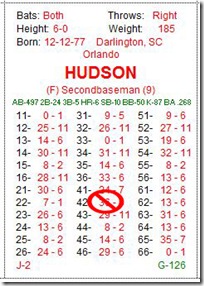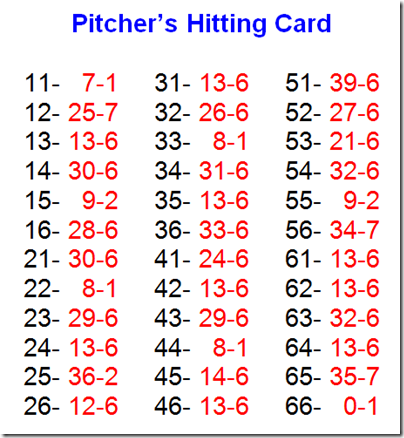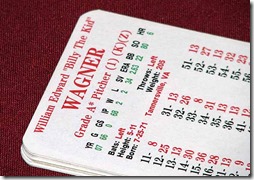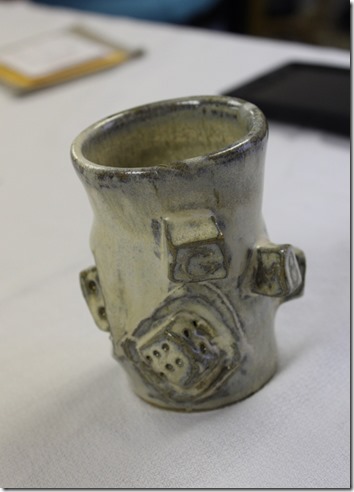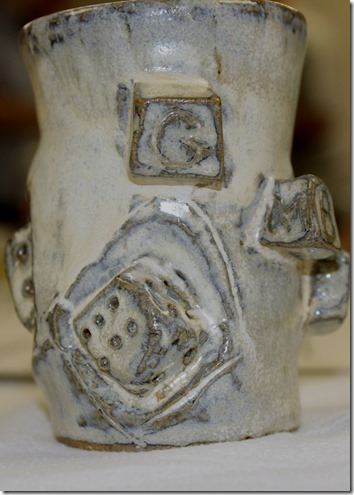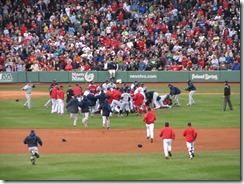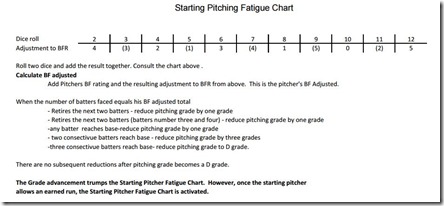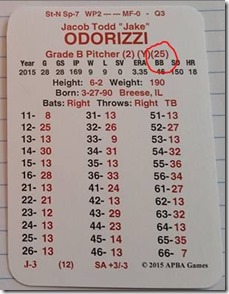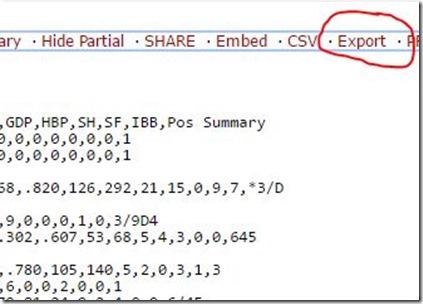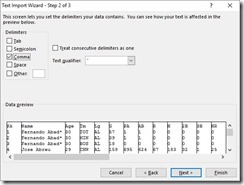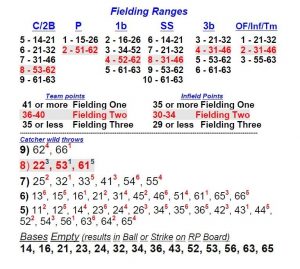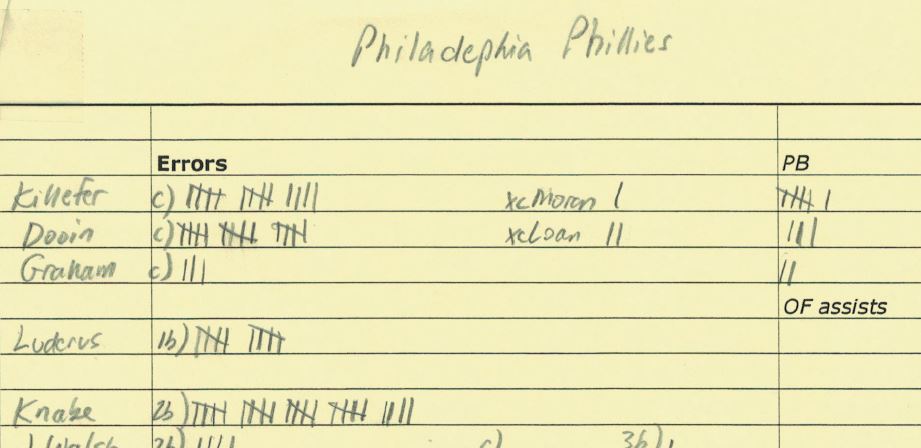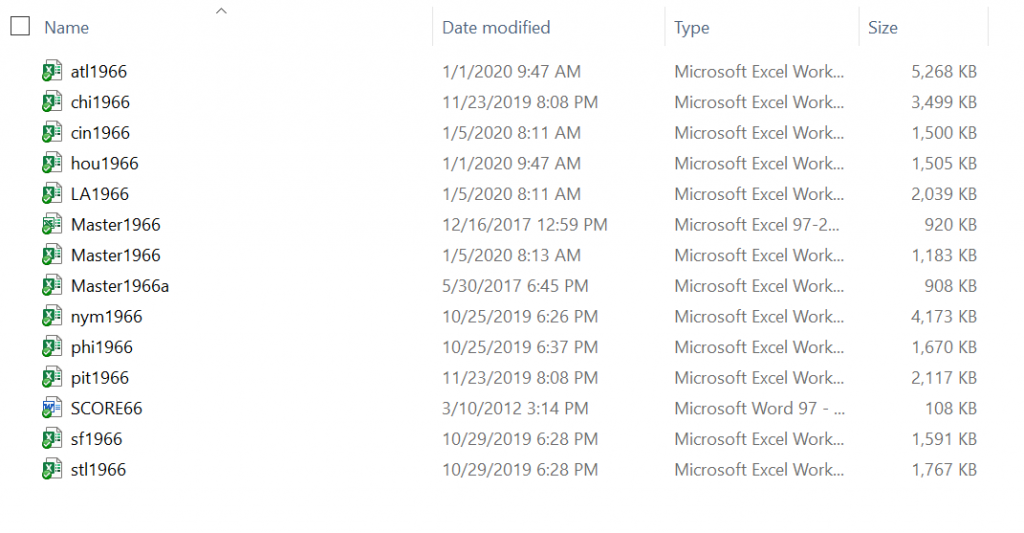John Heneghan emailed me and told me about a modification he’s come up with for his 1965 replay. In keeping with the theme of my last post, it has to do with baserunning. In this case, it’s a way for good defensive catchers to have an effect on steals.
John says:
I have been replaying the last month of the APBA 1965 season in the National League. It has always bugged me that great catchers have no influence on base stealing so I devised a simple chart for catchers rated 8 or 9 in which the baserunner runs a risk if he rolls a result of 10 or 11 and decides to steal. I have found that using this chart, I increased the value of the 9 or 8 Catcher, raised the involvement level of the managers and placed a reasonable risk for players to steal a base against a good arm.
- I have found that I am more likely to hesitate to pinch hit or pinch run for a good fielding catcher
- In tight games I have to decide to bring in a defensive catcher for the later innings against a “running team”
- In the late innings in a tight game, its a nail biter when a 9 catcher is behind the plate and a batter rolls an 11 ..to steal or not to steal ?
- Finally it brings a little bit of reality to the stat, stolen bases vs caught stealing
Great Defensive Catchers vs the Stolen Base;
The charts below are used for catchers rated 8 or 9
when a batter’s first column 10 or 11 results in a
stolen base
Example: Ty Cobb’s roll results in an 11. If the opposing catcher is rated an 8 or 9 Cobb’s 11 no longer results in an automatic steal. First, Cobb’s manager decides to “Coach” Cobb and if he instructs him not to steal, Cobb remains on first & no dice are rolled. If Cobb is allowed to steal then Cobb’s manager rolls two dice & combines the dice. He then refers to the chart corresponding to the catchers rating *”Chance” refers to the percentage chance
I haven’t tried this so I can’t verify how this works but certainly looks interesting. John’s right in that the basic game doesn’t provide any disincentive for a player to not steal against a catcher with a cannon for an arm. Our league used to use a Catcher’s Throwing Chart on hit an run plays only but ditched it in our housecleaning move a few year’s back.
Thoughts anyone? Has anyone used such modification?

